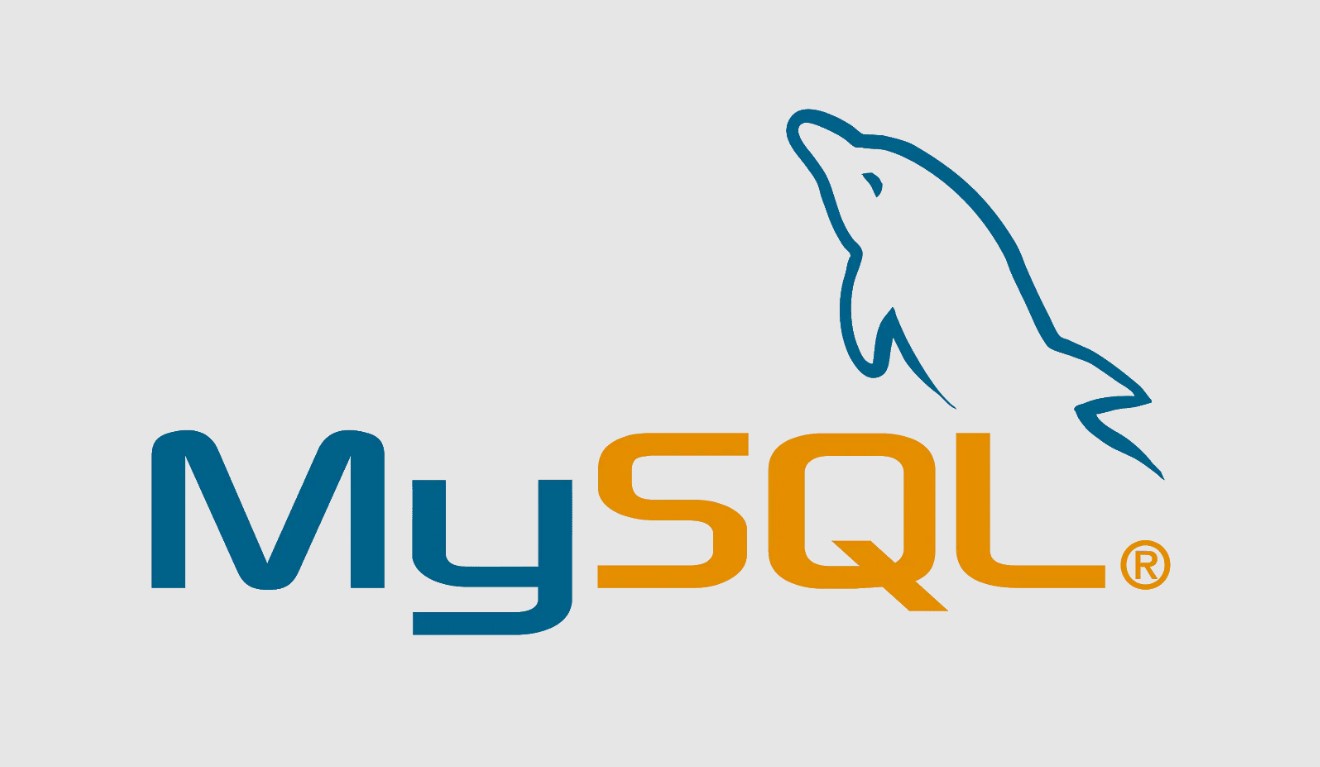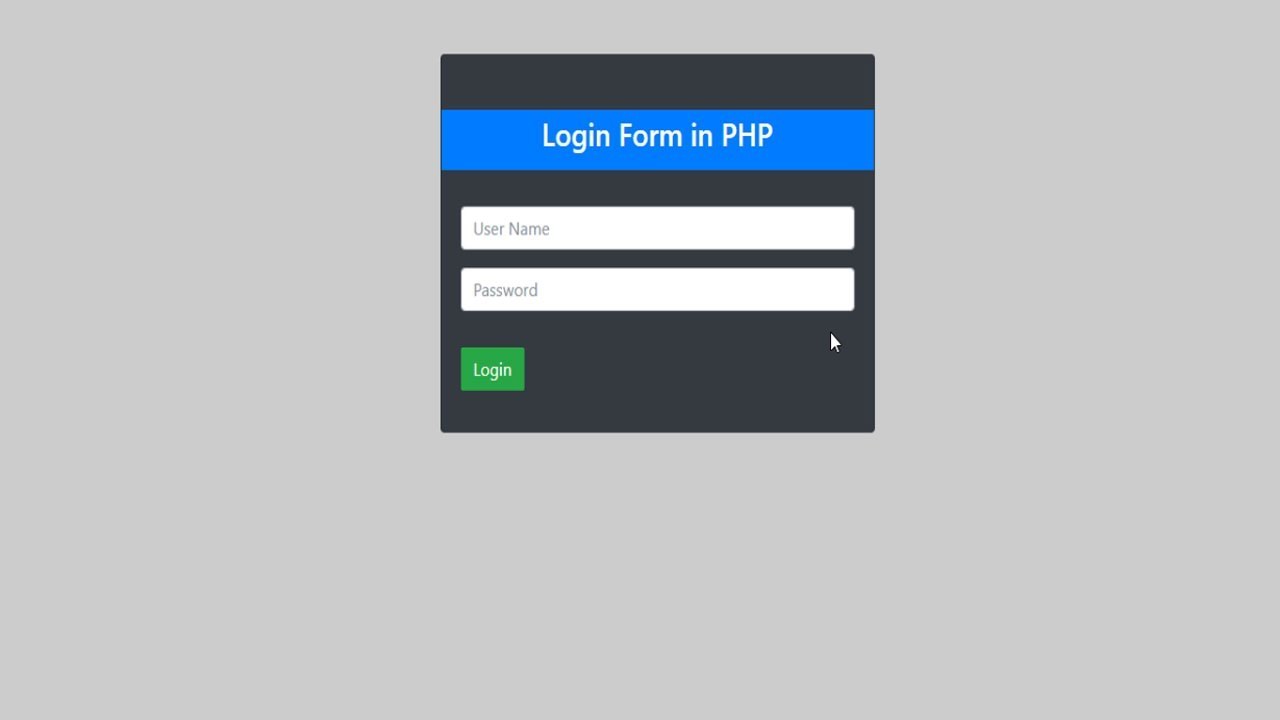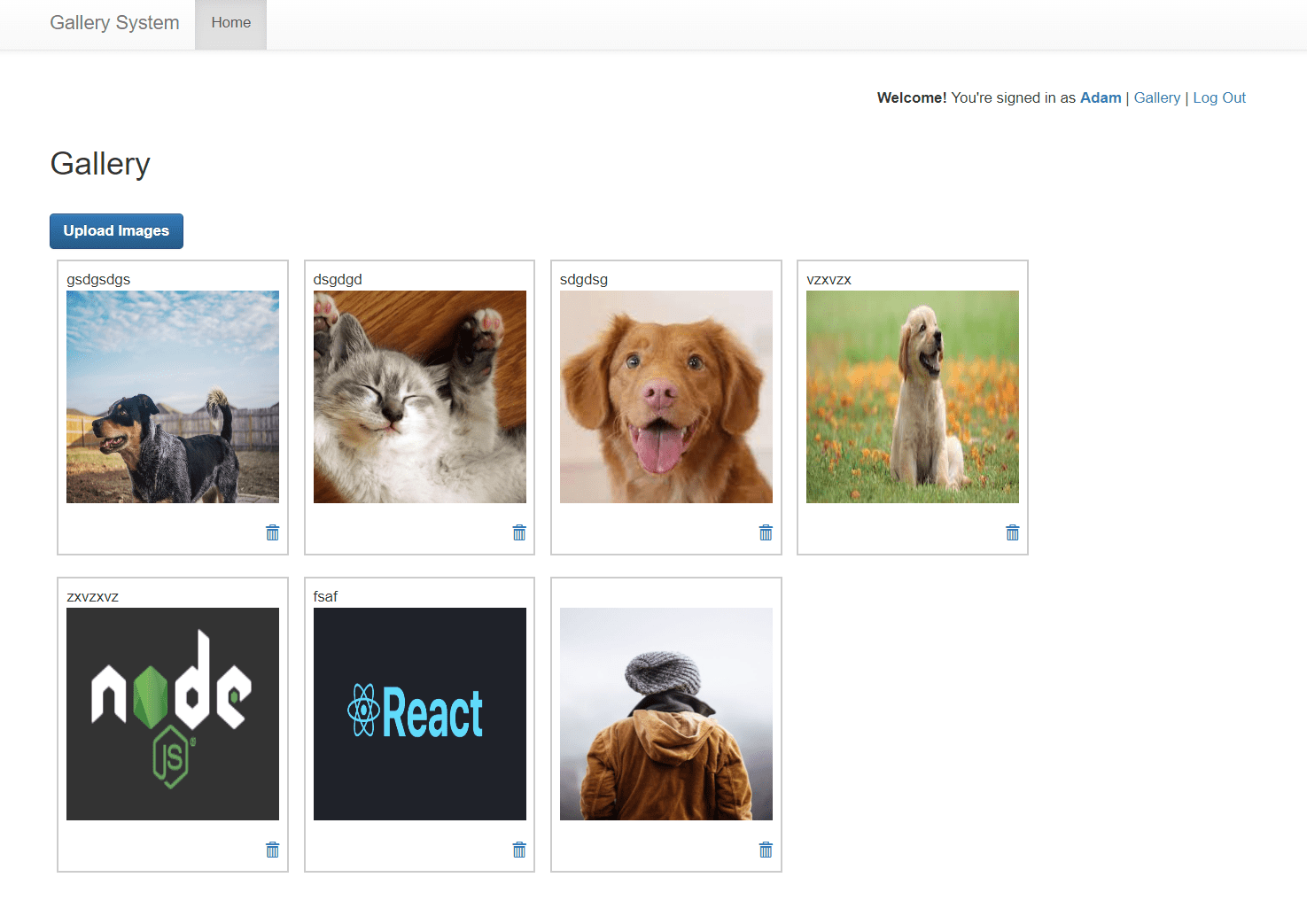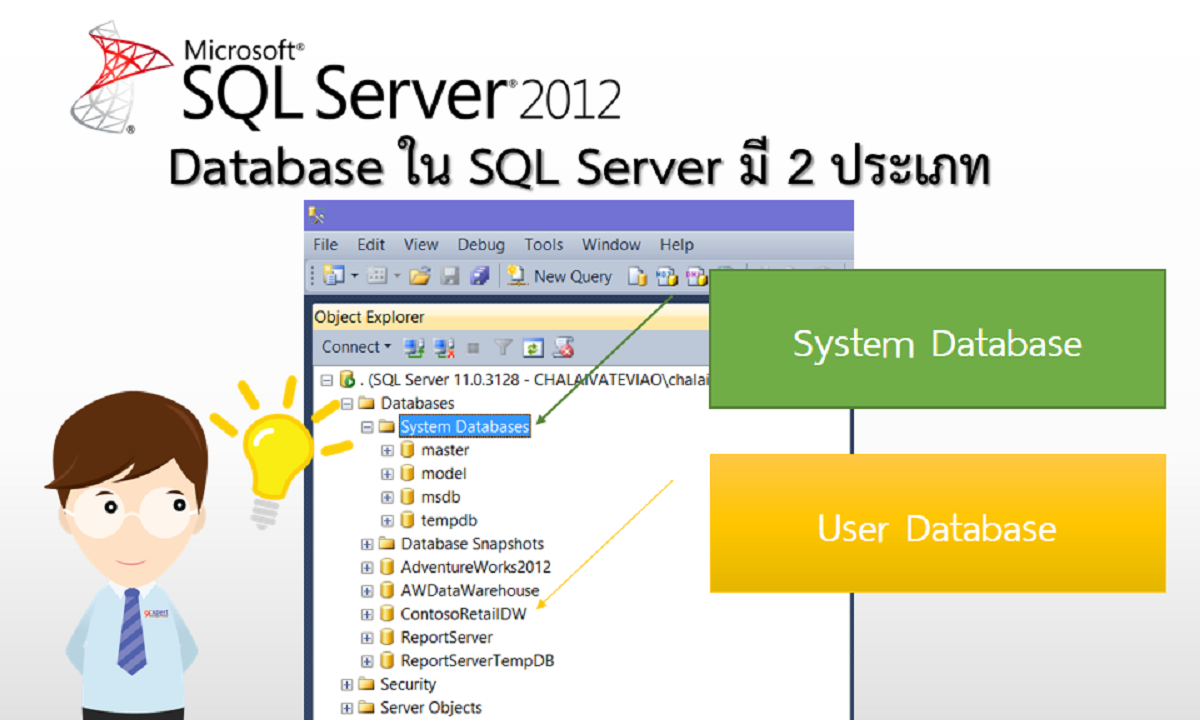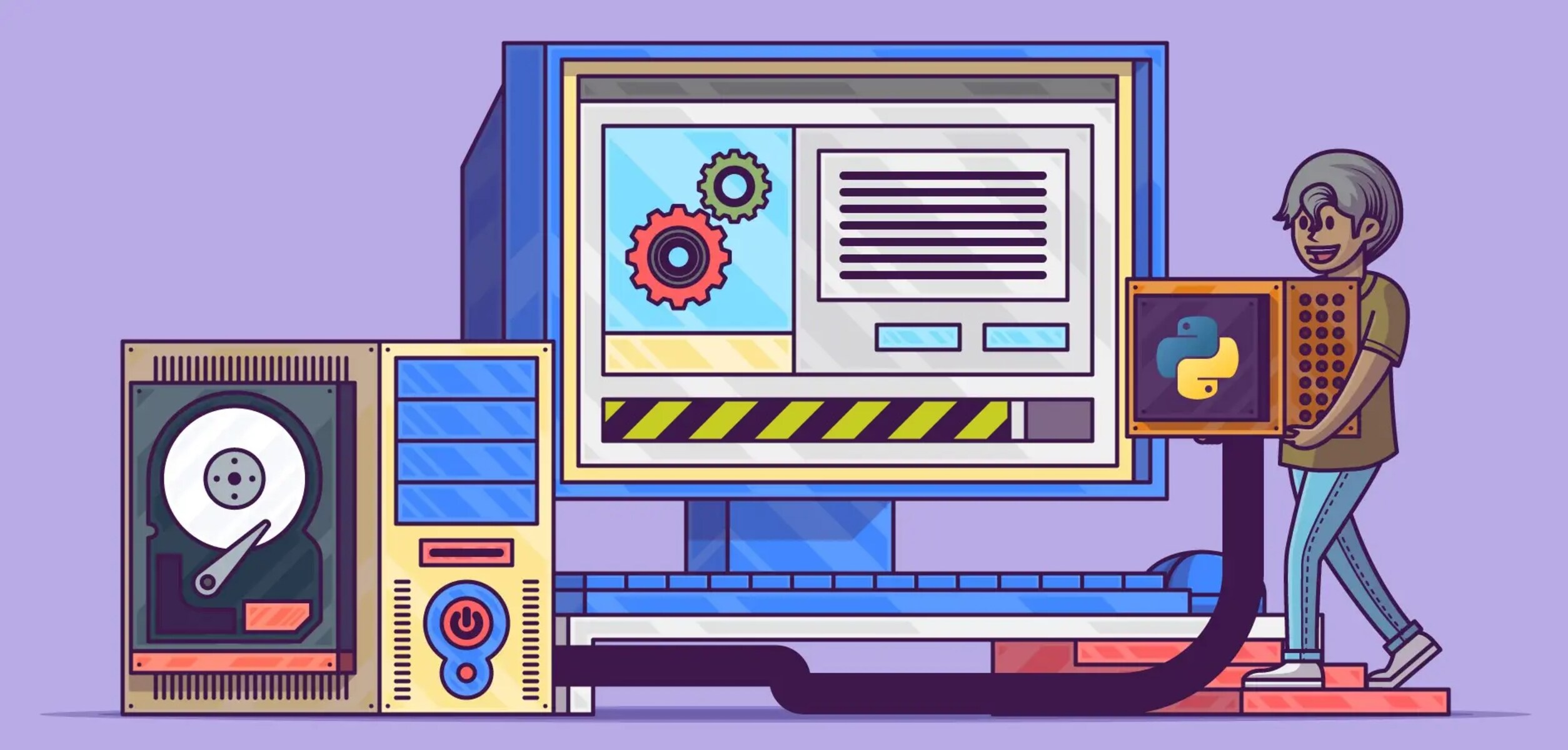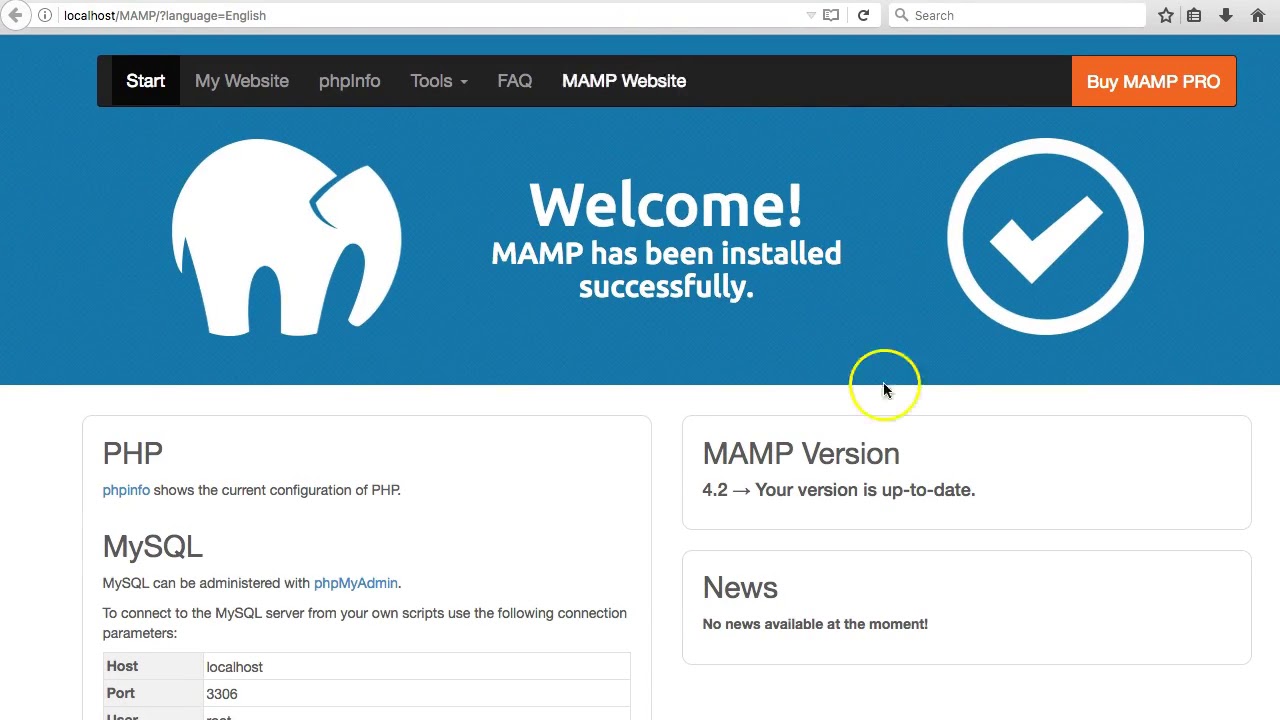Introduction
Welcome to the world of MySQL Workbench! If you are looking for a powerful and intuitive tool to manage your MySQL databases, you have come to the right place. MySQL Workbench is a visual database design and administration tool developed by MySQL AB. It provides a user-friendly interface to create, manage, and query MySQL databases, making it an essential tool for developers, database administrators, and data analysts.
In this article, we will guide you through the process of downloading MySQL Workbench. Whether you are a beginner or an experienced user, our step-by-step instructions will help you get started with using this popular database management tool.
MySQL Workbench is available for multiple operating systems, including Windows, macOS, and Linux. It offers a range of features, such as database modeling, SQL development, server administration, and data migration. By using MySQL Workbench, you can efficiently design and optimize your database schema, write and execute SQL queries, manage user access and privileges, monitor server performance, and much more.
Downloading MySQL Workbench is the first step in unleashing its powerful capabilities. In the following sections, we will walk you through the process of downloading and installing MySQL Workbench on your computer. Whether you are using Windows, macOS, or Linux, we have got you covered!
So, if you are ready to dive into the world of MySQL Workbench, let’s get started with the downloading process. Follow the steps outlined in the next section based on your operating system, and you’ll be up and running in no time!
Step 1: Go to the official website
The first step in downloading MySQL Workbench is to visit the official website of MySQL. Open your preferred web browser and navigate to mysql.com. This is the official website of MySQL, the company behind MySQL Workbench.
Once you have arrived at the website, you will see a navigation menu at the top. Take a moment to explore the different sections of the website and familiarize yourself with the resources available. You can find information about MySQL products, documentation, community forums, and more.
To proceed with downloading MySQL Workbench, look for the “Downloads” option in the navigation menu. Hover over it, and a dropdown menu will appear with various MySQL products.
Click on the “MySQL Workbench” option in the dropdown menu. This will take you to the MySQL Workbench download page.
On the download page, you will find information about the latest version of MySQL Workbench, compatibility with different operating systems, and the release notes. These details can be useful in ensuring you are downloading the correct version for your system.
Take a moment to review the information provided. If you have any specific requirements or need to know about compatibility with your operating system, refer to the relevant sections on this page. Once you are ready to proceed, it’s time to move on to the next step.
Step 2: Select the operating system
After landing on the MySQL Workbench download page, the next step is to select the operating system for which you want to download MySQL Workbench. The download page provides options for different operating systems, including Windows, macOS, and Linux.
Scroll down the page until you find the section titled “Select Operating System”. Underneath this section, you’ll see three tabs for Windows, macOS, and Linux. Click on the tab that corresponds to your operating system.
If you are using Windows, click on the “Windows” tab. This will display the available options for Windows users, such as MySQL Workbench for Windows (x86 and x64) and MySQL Installer for Windows.
If you are using macOS, click on the “macOS” tab. Here, you will find MySQL Workbench for macOS, which is supported on versions of macOS ranging from 10.10 to the latest release.
For Linux users, click on the “Linux” tab. On this tab, you will find a list of Linux distributions, such as Ubuntu, Debian, Fedora, and more. Choose the distribution that you are using, and MySQL Workbench packages compatible with that distribution will be displayed.
Take a moment to ensure that you have selected the correct operating system tab. This will ensure that you download the appropriate version of MySQL Workbench for your system, avoiding any compatibility issues.
Once you have selected the operating system tab, you are ready to proceed to the next step, which involves choosing the right version of MySQL Workbench. Let’s move on!
Step 3: Choose the right version
After selecting the operating system in the previous step, it’s time to choose the right version of MySQL Workbench for your system. The download page provides multiple options based on the operating system you selected.
Look for the section titled “Choose a Package”. Under this section, you will find different versions of MySQL Workbench available for download. Each version may have specific features, bug fixes, and enhancements, so it’s important to select the version that best suits your needs.
Typically, the latest version of MySQL Workbench is displayed by default. This is recommended for most users, as it includes the latest features and improvements. However, you may have specific requirements or preferences that make an older version more suitable for you.
If you are unsure about which version to choose, you can click on the “Release Notes” link next to each version. This will provide you with detailed information about the changes and improvements made in that particular version. Taking a look at the release notes can help you understand whether a specific version addresses any issues or offers features that are important to you.
Once you have decided on the version you want to download, click on the corresponding download link. The download will begin, and you can proceed to the next step.
It’s worth noting that MySQL Workbench is regularly updated, so new versions may be released with additional features and bug fixes. It is generally recommended to keep your MySQL Workbench installation up to date to take advantage of these improvements.
With the right version of MySQL Workbench selected, you are ready to move on to the next step – downloading the software. Let’s continue with the process!
Step 4: Click on the “Download now” button
Now that you have chosen the right version of MySQL Workbench, it’s time to initiate the download process. Look for the “Download now” button on the download page and click on it.
Clicking on the “Download now” button will start the download of the MySQL Workbench installation file for your chosen operating system and version. The file is usually in the form of an executable installer, which makes the installation process straightforward and user-friendly.
Depending on your browser settings, you may be prompted to specify a download location or the file may be downloaded automatically to your default downloads folder. The download speed will vary depending on your internet connection, but it usually does not take long to complete.
While the download is in progress, it’s important to refrain from interrupting the process or closing the browser window. Doing so may result in an incomplete or corrupted download, which can cause issues during the installation process.
Once the download is complete, you are one step closer to installing MySQL Workbench on your computer. In the next step, we will guide you through the process of running the installer and setting up MySQL Workbench. So, let’s move on to the next step!
Step 5: Wait for the download to complete
After clicking on the “Download now” button, the download process for MySQL Workbench will begin. Depending on your internet connection speed and the size of the installation file, the download may take a few moments to complete. It’s important to be patient and let the download finish before proceeding.
While the download is in progress, you can monitor the status of the download in your browser. Some browsers display a progress bar indicating the download percentage, while others may show a rotating symbol or a notification that the download is ongoing.
During this time, it’s important not to interrupt or cancel the download. Closing the browser window or stopping the download prematurely can result in an incomplete or corrupted file, which may cause issues during the installation process.
It’s a good practice to verify the downloaded file’s integrity before proceeding with the installation. Most operating systems provide options to compare the downloaded file’s checksum or hash value with the one provided on the MySQL website. This step helps ensure that the file has not been tampered with or corrupted during the download process.
Once the download is complete, you are ready to proceed to the next steps, which involve running the installer and setting up MySQL Workbench. In the next sections, we will guide you through the installation process specific to your operating system. So, let’s move on!
Step 6: Run the installer
Now that the MySQL Workbench download is complete, it’s time to run the installer and begin the installation process. Locate the downloaded installation file on your computer, which is typically saved in your browser’s default download location or the location you specified during the download.
Double-click on the downloaded installer file to launch the installation wizard. Depending on your operating system, you may be prompted with a security warning asking for confirmation to run the installer. Click “Run” or “Yes” to proceed.
The installer will typically open a setup wizard that guides you through the installation process. Read and review any on-screen prompts carefully to understand the process and any specific options available.
During the installation process, you may be asked to choose an installation directory or specify additional settings. It’s recommended to use the default options unless you have specific requirements or preferences.
In some cases, the installer may prompt you to agree to the terms and conditions or license agreement of MySQL Workbench. Be sure to read these terms carefully and agree to them if you accept.
Once you have completed the necessary steps and selected the desired options, click “Next” or “Install” to proceed with the installation.
The installation process may take a few minutes, depending on your system’s speed and the options selected. It’s important not to interrupt the installation process or close the installer window until it has successfully completed.
After the installation is complete, you will usually be presented with a confirmation message indicating the successful installation of MySQL Workbench.
With the installation process completed, you are now ready to launch MySQL Workbench and begin using it to manage and interact with your MySQL databases. In the next step, we will guide you through launching MySQL Workbench for the first time and performing initial setup. Let’s move on to the next step!
Step 7: Follow the installation wizard
After running the MySQL Workbench installer, an installation wizard will guide you through the remaining steps to set up the software on your computer. This wizard will ensure that everything is properly configured and ready for you to start using MySQL Workbench.
Once the installer is running, you will be presented with a series of prompts and options to customize the installation. The installation wizard may vary slightly depending on your operating system, but the overall process remains similar.
As you progress through the installation wizard, carefully read each prompt and select the appropriate options based on your preferences. Some common prompts you may encounter include:
- Language selection: Choose the desired language for the MySQL Workbench interface.
- Component selection: Select the specific components or features you want to install alongside MySQL Workbench, such as the MySQL server or documentation.
- Installation location: Specify the directory where you want MySQL Workbench to be installed. The default location is usually recommended unless you have specific requirements.
- Start menu shortcuts: Choose whether to create shortcuts in the Start menu for easy access to MySQL Workbench.
- Installation progress: Monitor the progress of the installation as the wizard copies files and configures the necessary components.
Follow the on-screen instructions and make your selections accordingly. Be sure to review each step and double-check your choices before proceeding to the next prompt.
Once you have completed the installation wizard, a summary page or confirmation message will appear, confirming the successful installation of MySQL Workbench. Take a moment to review the information provided and click on any final options, such as launching the application or viewing the release notes.
Congratulations! You have successfully followed the installation wizard and set up MySQL Workbench on your system. In the next step, we will guide you on how to launch MySQL Workbench and perform the initial setup. Let’s move on!
Step 8: Launch MySQL Workbench
Now that you have successfully installed MySQL Workbench on your computer, it’s time to launch the application and get started with managing your MySQL databases.
Locate the MySQL Workbench application icon, which is typically placed on your desktop or in the Start menu. Double-click on the icon to launch MySQL Workbench.
Upon launching MySQL Workbench, you will be greeted with the main interface. It may take a few moments for the application to load, depending on your system’s speed.
Before you can start using MySQL Workbench, you may be prompted to set up a connection to your MySQL server. This step is crucial as it allows MySQL Workbench to establish a connection and interact with your databases.
To set up a connection, click on the “New Connection” button in the home screen of MySQL Workbench. This will open the “Set up a New Connection” dialog box.
In the dialog box, you will be prompted to provide the necessary details, such as the connection name, hostname, port, username, and password. Enter the appropriate information based on your MySQL server configuration.
Once you have entered the required details, click on the “Test Connection” button to verify if the connection is successful. If the connection test is successful, click on “OK” to save the connection settings.
After setting up the MySQL connection, you will be taken back to the MySQL Workbench home screen. From here, you can explore the various features offered by MySQL Workbench, such as creating and managing databases, writing and executing SQL queries, and administering your MySQL server.
Congratulations! You have successfully launched MySQL Workbench and set up a connection to your MySQL server. Take some time to familiarize yourself with the interface and explore the features offered by MySQL Workbench.
In this guide, we have covered the step-by-step process of downloading, installing, and launching MySQL Workbench. We hope this helps you get started with using this powerful database management tool. Enjoy using MySQL Workbench to streamline your database management tasks and enhance your productivity!
Conclusion
Congratulations! You have successfully followed the step-by-step process to download, install, and launch MySQL Workbench. This powerful tool is essential for managing your MySQL databases, whether you are a developer, database administrator, or data analyst.
In this guide, we started by introducing MySQL Workbench and highlighting its key features. We then walked you through each step of the process, from visiting the official website to selecting the operating system, choosing the right version, downloading the software, running the installer, following the installation wizard, and finally launching MySQL Workbench.
By following these steps, you have set up MySQL Workbench on your computer, allowing you to efficiently design, develop, and manage your MySQL databases. You are now equipped with a user-friendly interface and a range of features to perform tasks such as database modeling, SQL development, server administration, and data migration.
Remember, MySQL Workbench is regularly updated with new features and improvements. It’s recommended to periodically check for updates and keep your installation up to date to benefit from the latest enhancements.
Now that you have MySQL Workbench up and running, take some time to explore its various capabilities. Familiarize yourself with the interface, experiment with database modeling, write and execute SQL queries, and utilize the server administration tools to effectively manage your MySQL database environment.
Should you encounter any issues or have any questions while using MySQL Workbench, refer to the official MySQL documentation, community forums, and resources available on the MySQL website. These resources can provide valuable insights and solutions to help you make the most out of MySQL Workbench.
We hope this guide has been helpful in assisting you with the installation and setup of MySQL Workbench. By harnessing the power of this tool, you can enhance your productivity and efficiency in managing your MySQL databases. Get ready to dive into the world of MySQL Workbench and take your database management skills to the next level!







